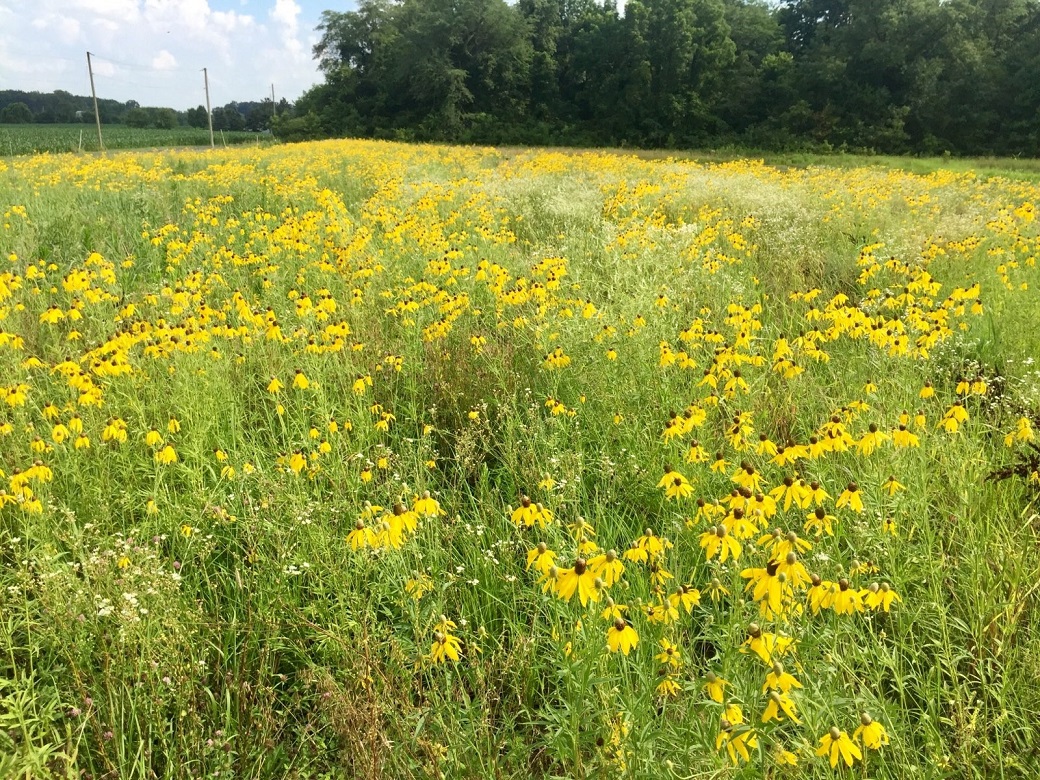H20fwler
5 year old buck +
I've tried to do a lot for pollinators in the past couple of years and have been noticing more butterflies starting to hang around. Last night I spotted what at first I thought was a nice bunch of monarch caterpillars on a ferny looking plant...I looked them up and apparently they are black swallowtail? I snapped a couple pics thought I would share.


















